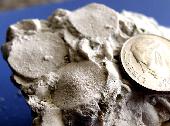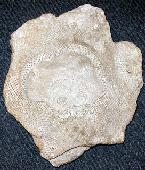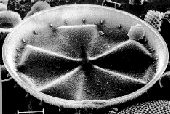|
 See More Images See More Images
(13 total)

Lepidocyclina sp.
© 2008 Tom Maier

Receptaculites
© 2003 P.J. Noble, University of Nevada, Reno

Actinoptychus heliopelta
© 1995 UCMP
|
What are Protists? The term “protist” refers to any eukaryote that is not a plant, animal, or fungus. Most protists are unicellular, while others are multicellular or even multinucleate (many nuclei in one cell). Some live as single individuals, others as colonies. This diverse group exhibits a wide variety of sizes, shapes, life cycles, habitats, and feeding and reproductive strategies. The protists have a long, although in some cases patchy, fossil record stretching back to the Precambrian. First known fossil occurrence: Precambrian. Last known fossil occurrence: Quaternary. This group has living relatives. Cool Protists links: Search for images of Protists on Google |
|





